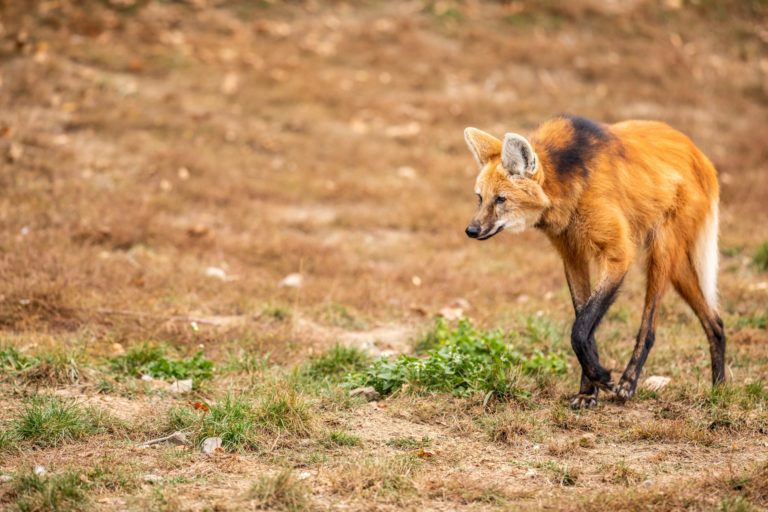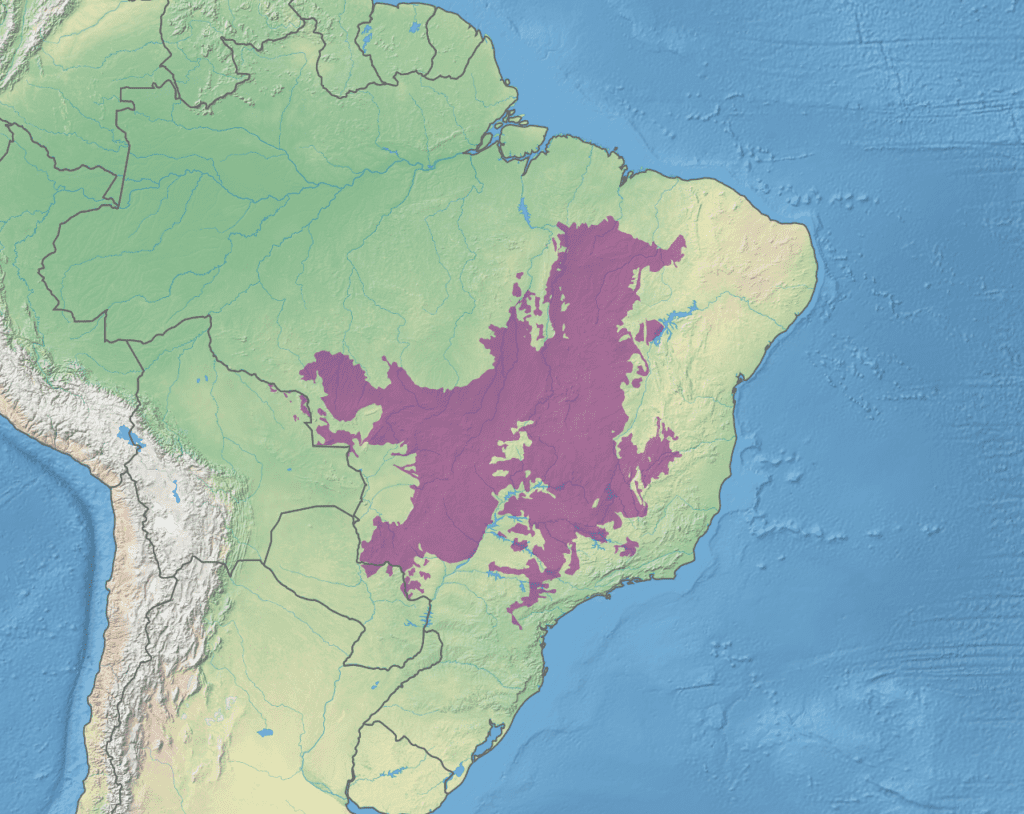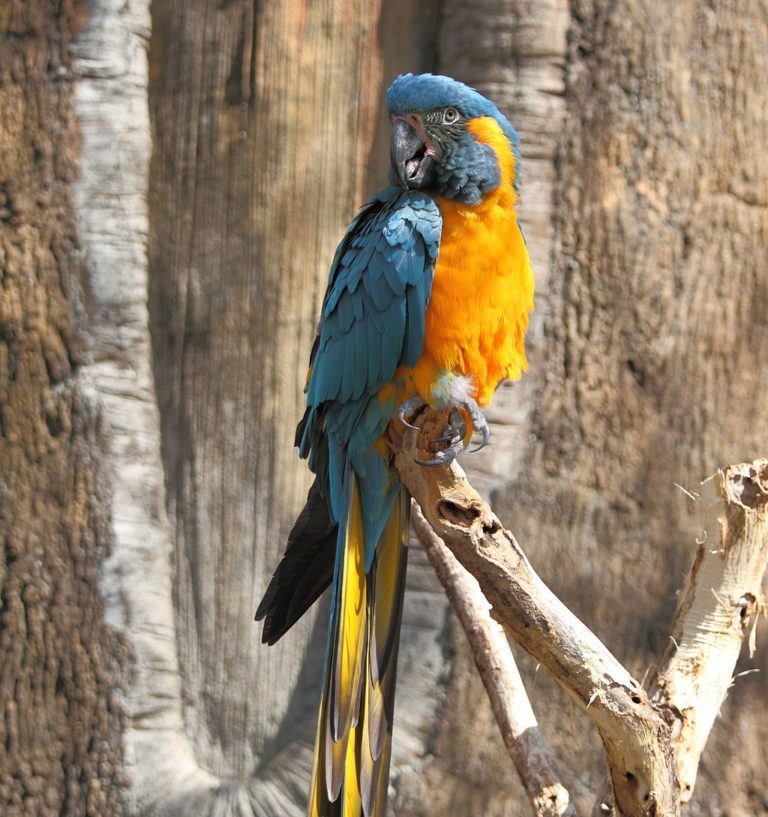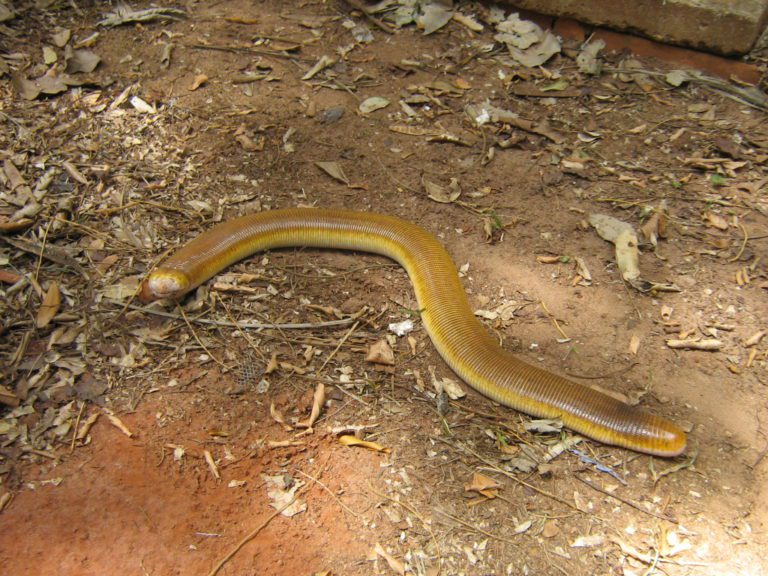Cerrado
Cerrado Snapshot
the most biodiverse savanna
The Cerrado savanna is ancient: “a vegetation formation of great antiquity.” Its history delves as deeply as the Cretaceous, before South America and Africa separated. Being so old, its diversity is unmatched by other tropical savannas.
The cerrado contributes 5% of the planet’s plant and animal species, but it’s more than rich biodiversity and plentiful endemics. Fascinating complex relationships have evolved between species over time, and there are even micro-endemic species that only exist in hyper-specific areas of the cerrados.
With a high number of endemics and less than 30% of its natural vegetation remaining, the cerrado is a hotspot for irreplaceable biodiversity.
Chapada dos Veandeiros and Emas National Parks are UNESCO World Heritage Sites where visitors can experience protected areas of the Cerrado. Uncontrolled tourism threatens these areas, so please tour responsibly. Private Natural Heritage Reserves like Vagafogo Wildlife Sanctuary also maintain tracts of the landscape and offer unique experiences of this ecosystem.
Less protected than its Amazon sister, many protections in the Amazon Rainforest don’t apply to the cerrados in its shadows.
Maned Wolf
Chrysocyon brachyurus
The sole member of its genus.
endemics
endemic: (of a plant or animal) native and restricted to a certain place
This savanna isn’t packed with large herds of megafauna. Actually most cerrados large mammals went extinct after the Great American Interchange. There may not be giant sloths anymore, but with 5% of the world’s biodiversity, cerrados endemic animals are numerous and surprisingly well known, considering how little attention people give the cerrados they call home.
In just one decade (1990-2008), 347 new vertebrate species were found in the Cerrado, including 57 reptiles and 222 fishes.
Cigana-do-cerrado
Calliandra dysantha, a symbol of the Brazilian savanna.
photo by Mauro Halpern
Giant Anteater
The world’s largest anteater.
photo by Nareeta Martin
plants and birds
Cigana-do-cerrado (Calliandra dysantha), whose mimosa-style flowers have become a symbol of the Brazilian savanna.
Pequi, (Caryocar brasiliense), a bat-pollinated tree common on the cerrado, which flowers in Brazil’s winter and produces a popular edible fruit.
Golden Grass, Syngonanthus nitens, is a widespread cerrado plant with stems that dry metallic-gold, used in regional crafts and jewelry.
Blue-throated Macaw, a critically endangered grassland macaw. Yeah, you heard that right. While its range is slightly outside of the Cerrado ecosystem, this plains-dwelling parrot from Los Llanos de Moxos is often cited as a member of this broader biome.
Brazilian Merganser, a critically endangered species that represents the only Mergini in the Southern Hemisphere.
Blue-eyed Ground Dove, thought to be extinct until 2016. Today it’s critically endangered.
mammals

Many of South America’s large mammals live primarily in the cerrado, including…
Brazilian Tapir (Tapirus terrestris)
Pampas deer (Ozotoceros bezoarcticus)
Maned Wolf (Chrysocyon brachyurus), South America’s largest canid.
Giant Armadillo (Priodontes maximus)
Giant Anteater (Myrmecophaga tridactyla)
And several cat species, including the jaguar (Panthera onca), ocelot (Felis pardalis) and jaguarundi (Felis yagouaroundi).
reptiles and amphibians
ecosystem drivers
Grasslands are shaped by disturbance. The cerrado is ruled by fire and drought.
Rains in October-April seep into ground and rivers, but during the rest of the year plants depend entirely on ground water. These cerrado plants redistribute this deep underground well to the top layers of soil, rehydrating the ground through deep roots.
Fire is by far the biggest driver of this savanna. You can see it in the thick corky bark, the waxy wild-resistant leaves, and the underground protective roots and xylopodia–stems that grow only underground. Some flowers even bloom after fires. These fires, like most savanna fires, are considered surface fires, burning mostly the herbaceous layers. Frequent burning allows grasses and herbs to dominate, so fires shape the landscape.
Because of this, cerrados vary from full, lush grasslands to areas with 60% cover from savanna trees. Writers have described virgin cerrado as a natural orchard or wild garden, with breathtaking blossoms. Waterways carve corridors of tropical riparian forests through cerrados untouched by fires.
Occasionally, a belt between cerrado and gallery forests will be shaped by flooding. The water table rises so high in the South American summer that the area floods enough to kill off trees, leaving long lines of Mauritia flexuosa fan palms among the fields. These campos veredas are iconic features of the Central Brazilian Plateau.
what about grazing?
Grazing wildlife has been extinct on the Cerrado since prehistory.
Of course, in modern history, cattle and horses graze. Now that this big disturbance has been reintroduced, some ecologists speculate this pressure on the plantlife could cause plant ecology to revert to a more prehistoric condition.
water fountain of Brazil
The cerrado links four surrounding ecoregions: Amazon, Pantanal, Caatinga, and Atlantic Forest. It connects these ecoregions as a land corridor, but also through its waterways. Functioning as a sponge in the same way many wetlands do, cerrados vegetation absorbs and funnels the abundant wet-season rains into the belowground aquifers. These aquifers keep water flowing for the people, plants, and rivers of Brazil.
The cerrado alone feeds Brazil’s 3 aquifers and 6 of the 8 largest watersheds of the region. This cradle of fresh water only happens through the dynamics of native cerrados vegetation and their deep roots and stems.
cerrado ecosystems
campos cerrados
Typical Brazilian savannas.
Tree cover ranges from pure grassland to virtual forest.
campos = “fields”
campos veredas
Wet fan palm campos.
A seasonally flooded belt between cerrado and gallery forests that kills back the typical cerrado trees. The beautiful remnants are long lines of Mauritia flexuosa fan palms among the fields. Veredas are iconic features of the Central Brazilian Plateau.
cerradão
Drought-resistant forest.
One of the more vulnerable vegetation types in the cerrado, this drought-resistant cerrado habitat is functionally a forest, but has both cerrado and forest species.
Other South American grasslands include...
Pampas
A temperate grassland in Argentina and Uruguay.
Llanos
A tropical grassland in the Orinoco basin of Venezuela and Columbia.
Patagonia
Semi-arid, temperate grasslands in Argentina.

This page was written and researched by Rachel Roth.
Sources/Further Reading:
- Damasco G, Fontes C, Françoso R and Haidar R (2018) The Cerrado Biome: A Forgotten Biodiversity Hotspot. Front. Young Minds. 6:22. doi:10.3389/frym.2018.00022
- Françoso, R. D., Brandão, R., Nogueira, C. C., Salmona, Y. B., Machado, R. B., & Colli, G. R. (2015). Habitat loss and the effectiveness of protected areas in the Cerrado Biodiversity Hotspot. Natureza & Conservação, 13(1), 35-40. doi:10.1016/j.ncon.2015.04.001
- Gibson, D. J. (2009). Grasses and grassland ecology. Oxford, New York: Oxford University Press. Find it on Bookshop
- Oliveira, P. S. (2002). The cerrados of Brazil ecology and natural history of a neotropical savanna. New York: Columbia University Press. Find it on Bookshop
- RATTER, J., RIBEIRO, J., RIBEIR, J., & BRIDGEWATER, S. (1997). The Brazilian Cerrado Vegetation and Threats to its Biodiversity. Annals of Botany, 80(3), 223-230. http://www.jstor.org/stable/42765315
- Strassburg, B. B. N., Brooks, T., Feltran-Barbieri, R., Iribarrem, A., Crouzeilles, R., Loyola, R., … Balmford, A. (2017). Moment of truth for the Cerrado hotspot. Nature Ecology & Evolution, 1(4), 0099. doi:10.1038/s41559-017-0099



